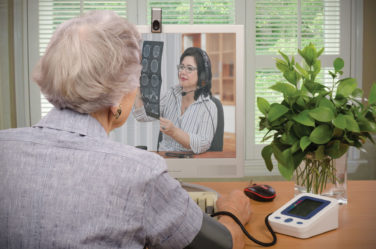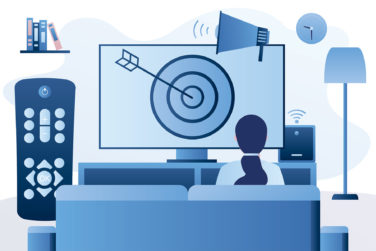Joe where are your medical journals? Don’t you run a medical website?” my father, a surgeon visiting my NYC apartment, looked disappointedly at me. To him all respectable physicians have medical journals in their home.
But that’s my father’s medicine. The internet has leveled the field for a new generation of physician journalists to spread medical information in new ways—through podcasts, blogs, online medical references, and more.
FOAM (Free Open Access Meducation), a term coined by Dr. Mike Cadogan while in a pub in Ireland in 2012, has broad implications in medicine.
What is FOAM?
First of all, FOAM has given a powerful voice to a new set of academic physicians without the oversight of a peer review journal or medical society committee. These traditional and naturally bureaucratic organizations can have a significant time lag, are often based on what physicians have always done (instead of on evidence-based medicine), and—to some strict academics—have the perception of industry bias.
For these reasons many physicians see FOAM as cutting-edge, unbiased, and liberating.
A few things to note about FOAM:
- FOAM has a strong connotation of a grassroots movement, created and run by practicing academic docs who are passionate about medicine. Today there are more than 270 FOAM blogs and over 1,650 Twitter profiles that use #FOAMed (emergency medicine’s FOAM hashtag).
- The proper use of FOAM is still heavily debated. Many feel it’s only appropriate to those who’ve completed the foundation of their residency training, while some residency programs are already using FOAM content in their curriculum. A few feel medical schools may eventually become a Common Asynchronous Medical Learning Network (CAMLN).
- FOAMers pride themselves on strictly following evidence-based medicine rather than “what’s always been done in medicine.”
During the month of September alone #FOAMed had:
- 932 million impressions1
- 36,960 tweets1
- 11,132 participants1
Dr. Joe Lex, one of the most famous evidence-based Emergency Physicians in the world, now retired, offers these insights on the evolution of medical practice and education, and where it’s headed:
If you want to know how we practiced medicine 5 years ago, read a textbook.
If you want to know how we practiced medicine 2 years ago, read a journal article.
If you want to know how we practice medicine now, go to a good conference.
If you want to know how we will practice medicine in the future, listen to conversations in the hallways and use FOAM. Take the hashtag, leave the classroom.
Keep an eye out for FOAM: Part 2 where I will explore some of the most popular FOAM resources.
Resources:








